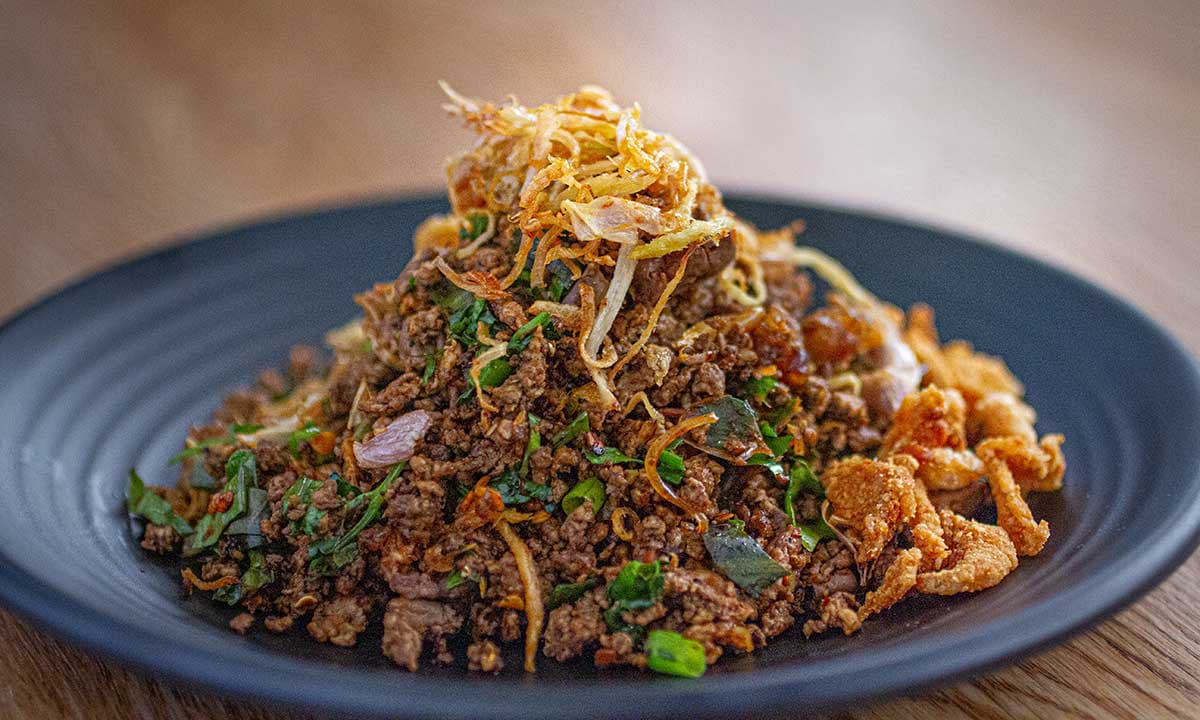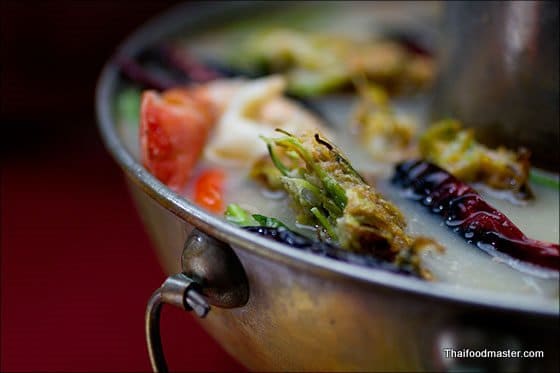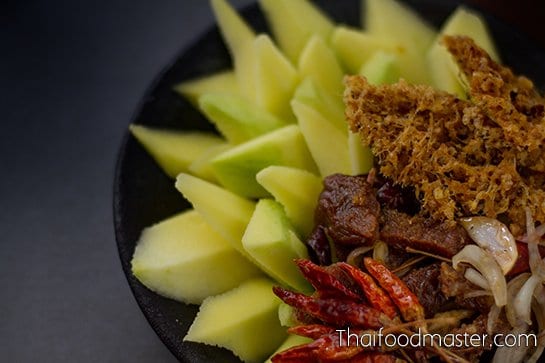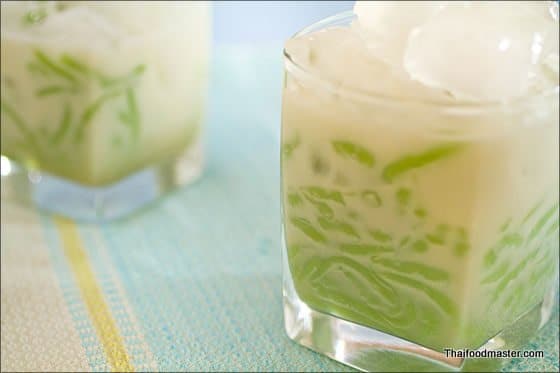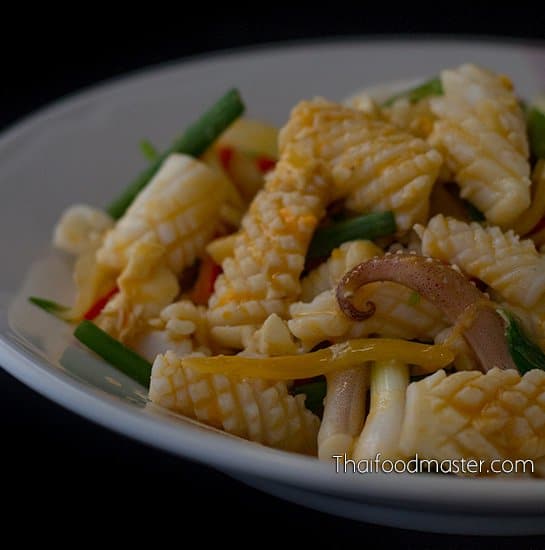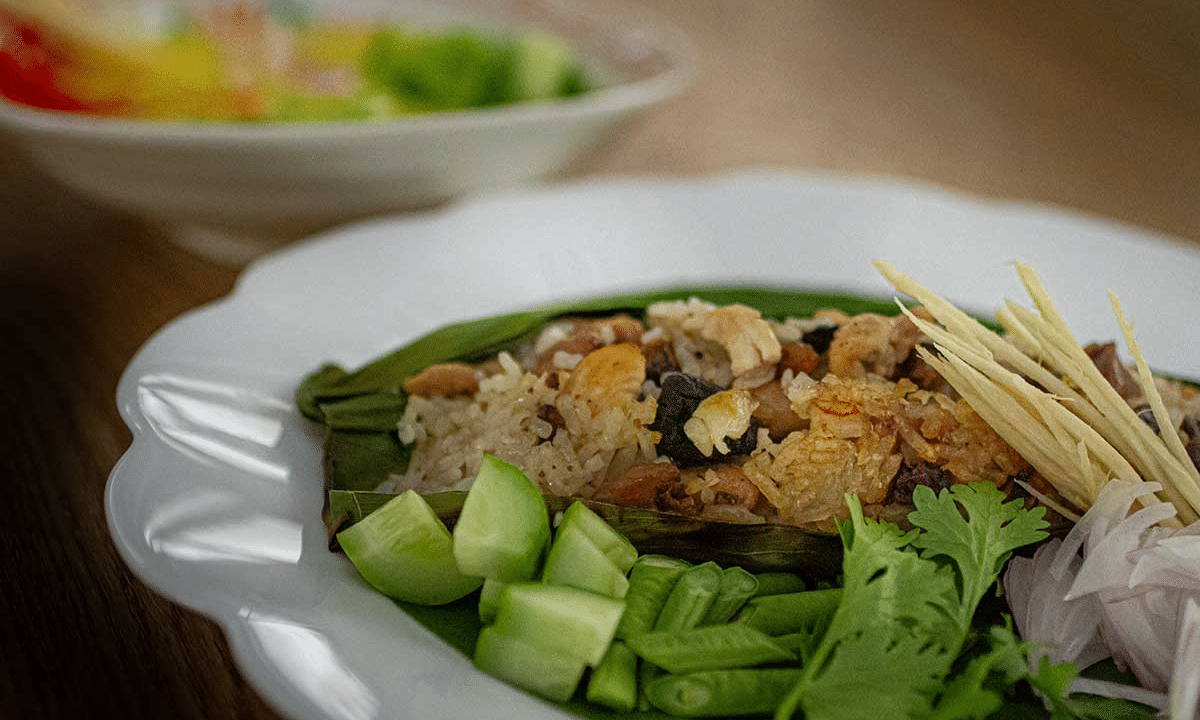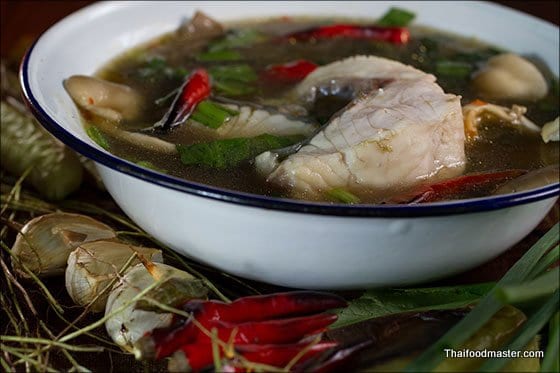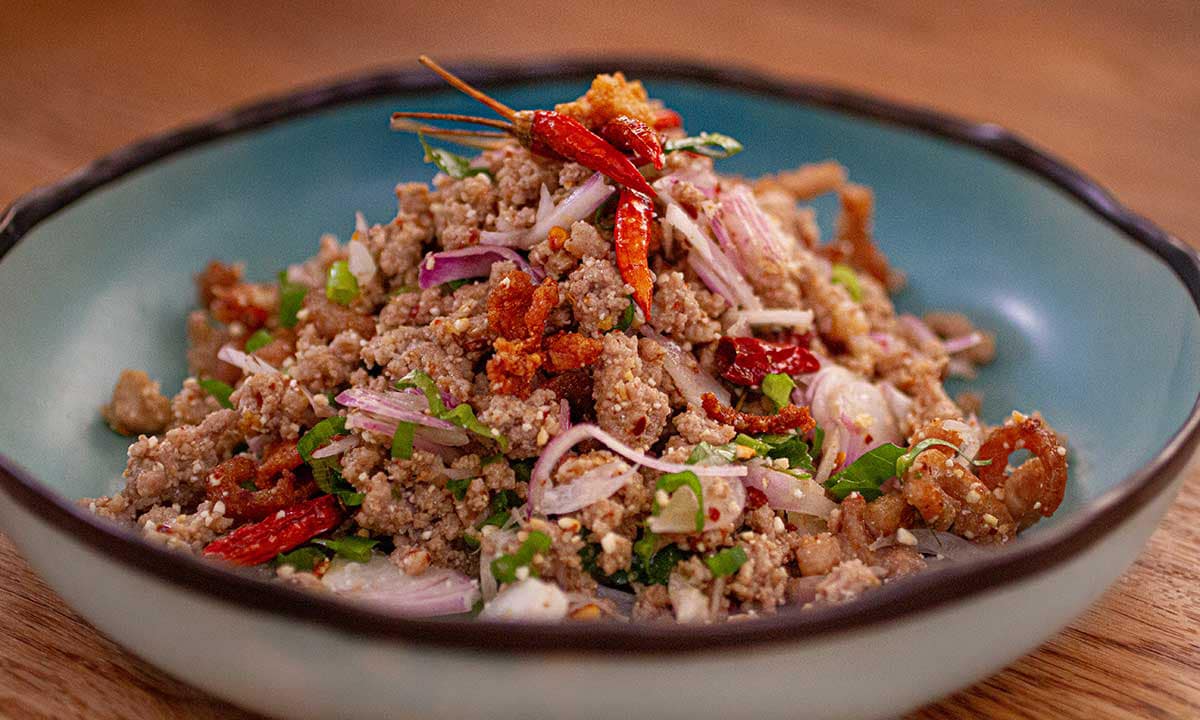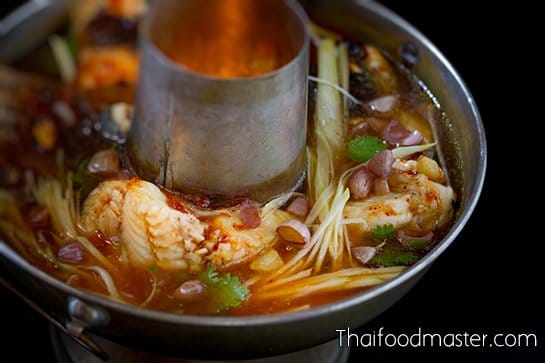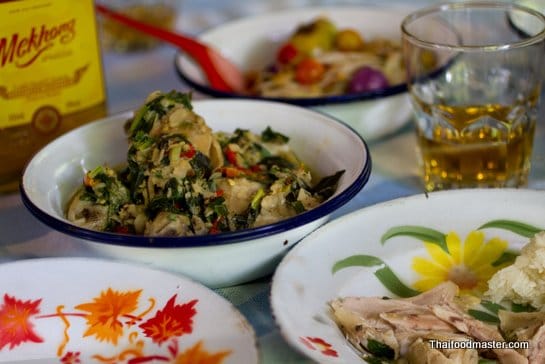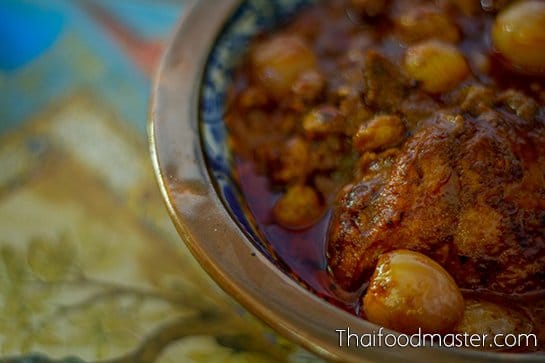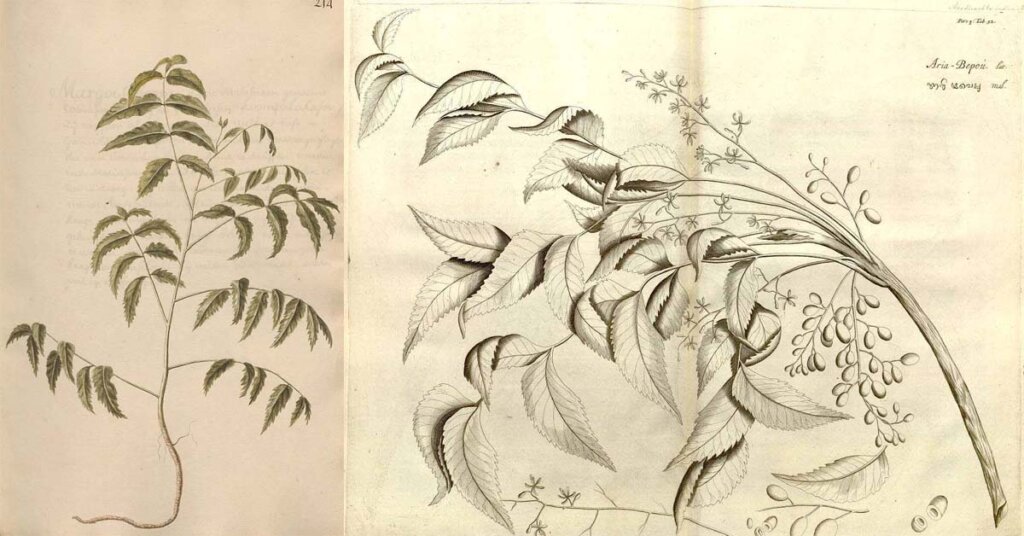
Azadirachta indica, commonly known as neem, nimtree or Indian lilac, and in Nigeria called dogoyaro or dogonyaro, is a tree in the mahogany family Meliaceae. It is one of two species in the genus Azadirachta, and is native to the Indian subcontinent and most of the countries in Africa. It is typically grown in tropical and semi-tropical regions. Neem trees also grow on islands in southern Iran. Its fruits and seeds are the source of neem oil. [1]Wikipedia
Neem is a fast-growing tree that can reach a height of 15–20 meters (49–66 ft), and rarely 35–40 m (115–131 ft). It is deciduous, shedding many of its leaves during the dry winter months. The branches are wide and spreading. The fairly dense crown is roundish and may reach a diameter of 20–25 m (66–82 ft). The neem tree is similar in appearance to its relative, the chinaberry (Melia azedarach). [2]Wikipedia
The opposite, pinnate leaves are 20–40 cm (8–16 in) long, with 20 to 30 medium to dark green leaflets about 3–8 cm (1+1⁄4–3+1⁄4 in) long. The terminal leaflet often is missing. The petioles are short. [3]Wikipedia
White and fragrant flowers are arranged in more-or-less drooping axillary panicles which are up to 25 cm (10 in) long. The inflorescences, which branch up to the third degree, bear from 250 to 300 flowers. An individual flower is 5–6 mm (3⁄16–1⁄4 in) long and 8–11 mm (5⁄16–7⁄16 in) wide. Protandrous, bisexual flowers and male flowers exist on the same individual tree. [4]Wikipedia
The fruit is a smooth (glabrous), olive-like drupe that varies in shape from elongate oval to nearly roundish, and when ripe is 14–28 mm (1⁄2–1+1⁄8 in) by 10–15 mm (3⁄8–5⁄8 in). The fruit skin (exocarp) is thin and the bitter-sweet pulp (mesocarp) is yellowish-white and very fibrous. The mesocarp is 3–5 mm (1⁄8–1⁄4 in) thick. The white, hard inner shell (endocarp) of the fruit encloses one, rarely two, or three, elongated seeds (kernels) having a brown seed coat. [5]Wikipedia
The neem tree is often confused with a similar-looking tree called bakain. Bakain also has toothed leaflets and similar looking fruit. One difference is that neem leaves are pinnate but bakain leaves are twice- and thrice-pinnate. [6]Wikipedia
Neem fruit, seeds, leaves, stems, and bark contain diverse phytochemicals, some of which were first discovered in azadirachta seed extracts, such as azadirachtin established in the 1960s as an insect antifeedant, growth disruptor, and insecticide. The yield of azadirachtin from crushing 2 kg of seeds is about 5 g. [7]Wikipedia
In addition to azadirachtin and related limonoids, the seed oil contains glycerides, diverse polyphenols, nimbolide, triterpenes, and beta-sitosterol. The yellow, bitter oil has a garlic-like odor and contains about 2% of limonoid compounds. The leaves contain quercetin, catechins, carotenes, and vitamin C. [8]Wikipedia
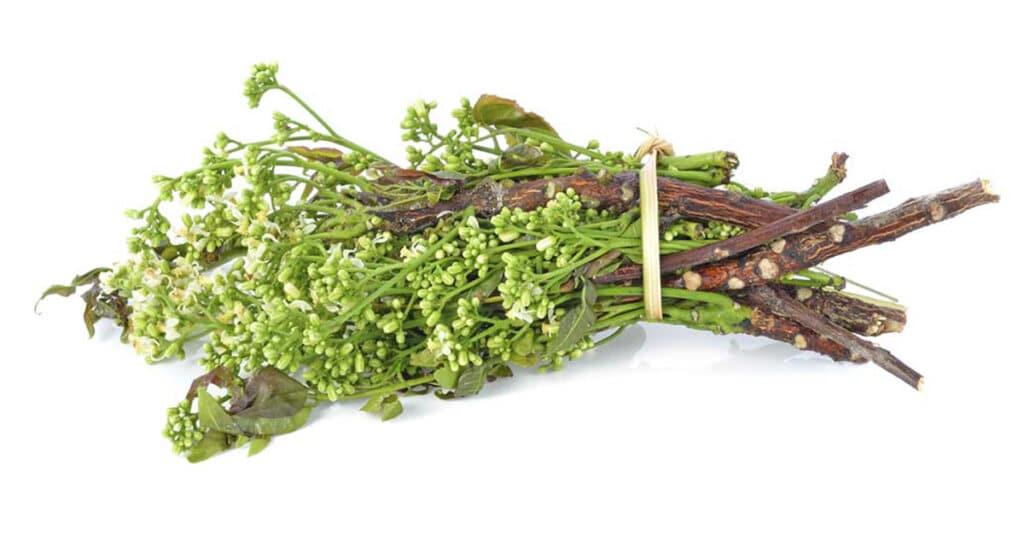
The information on this website has been compiled from reliable sources, such as reference works on medicinal plants. It is not a substitute for medical advice or treatment and Thaifoodmaster does not purport to provide any medical advice.
References
